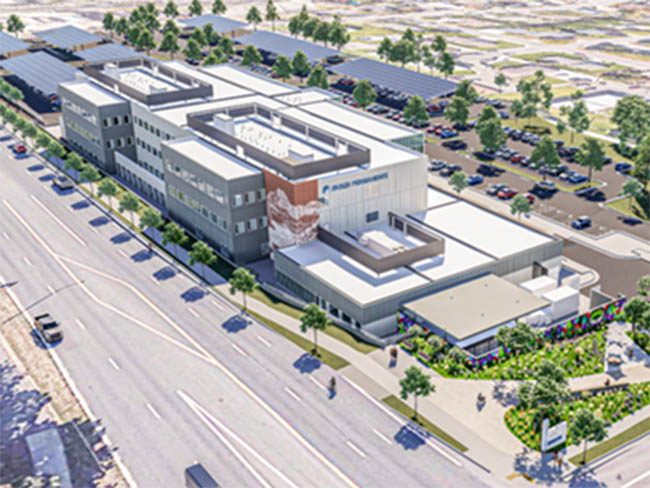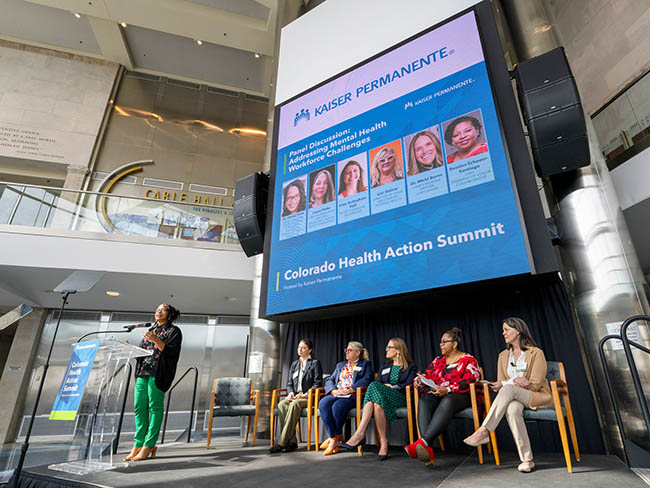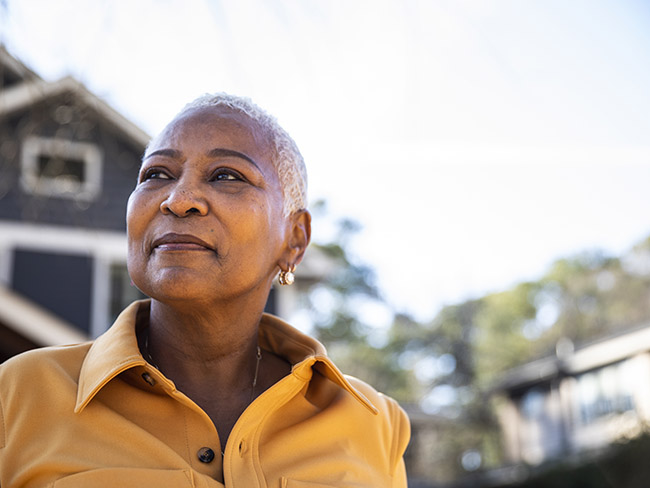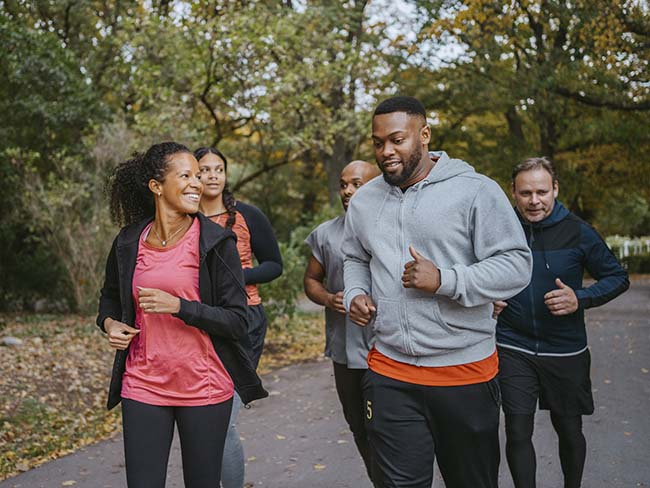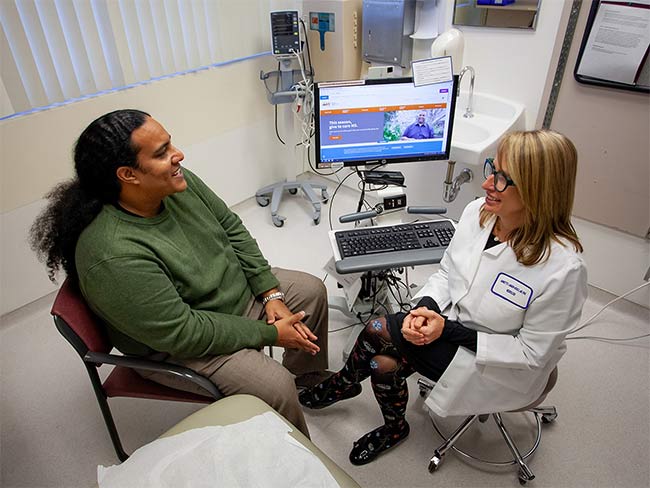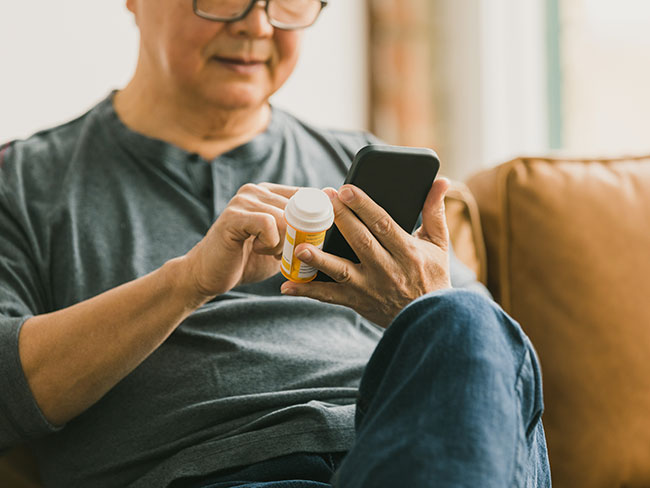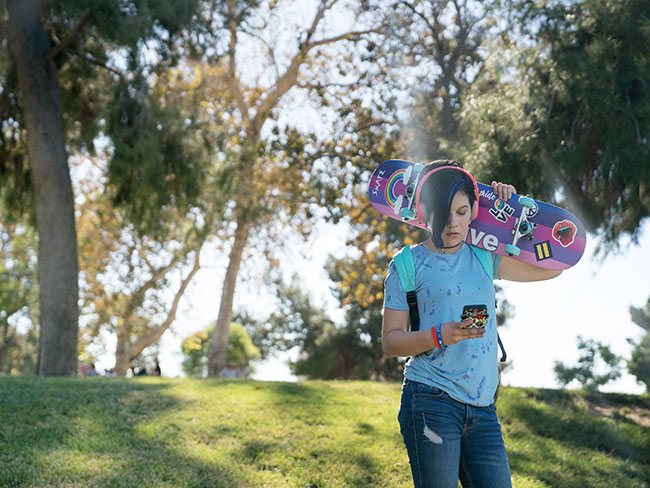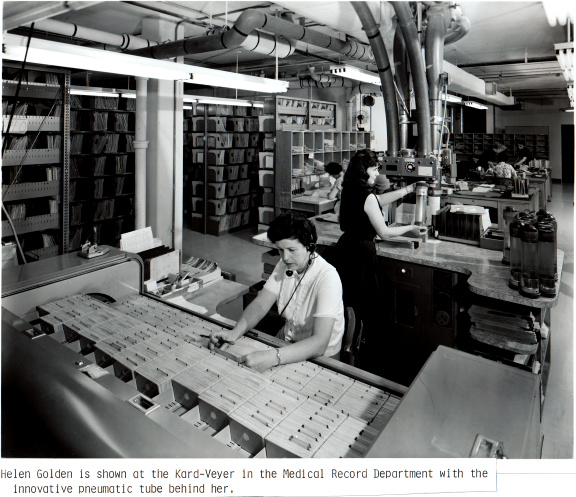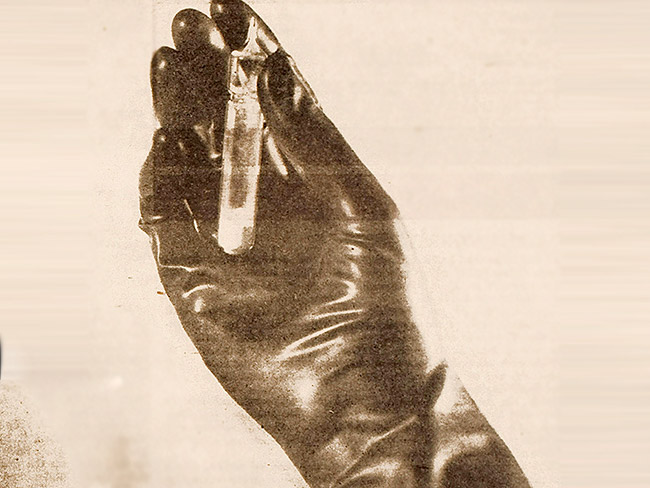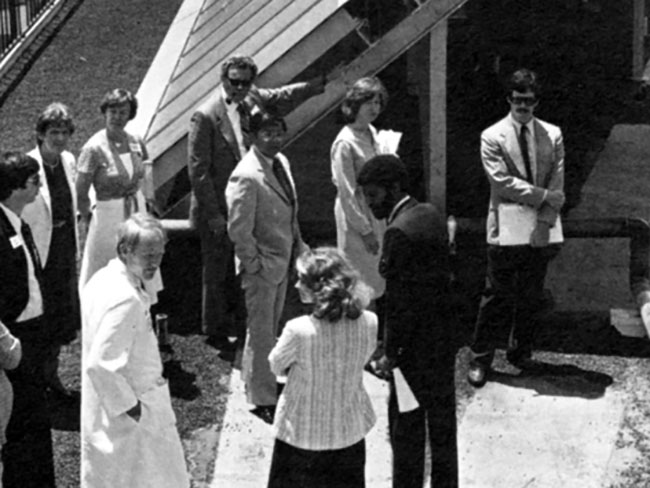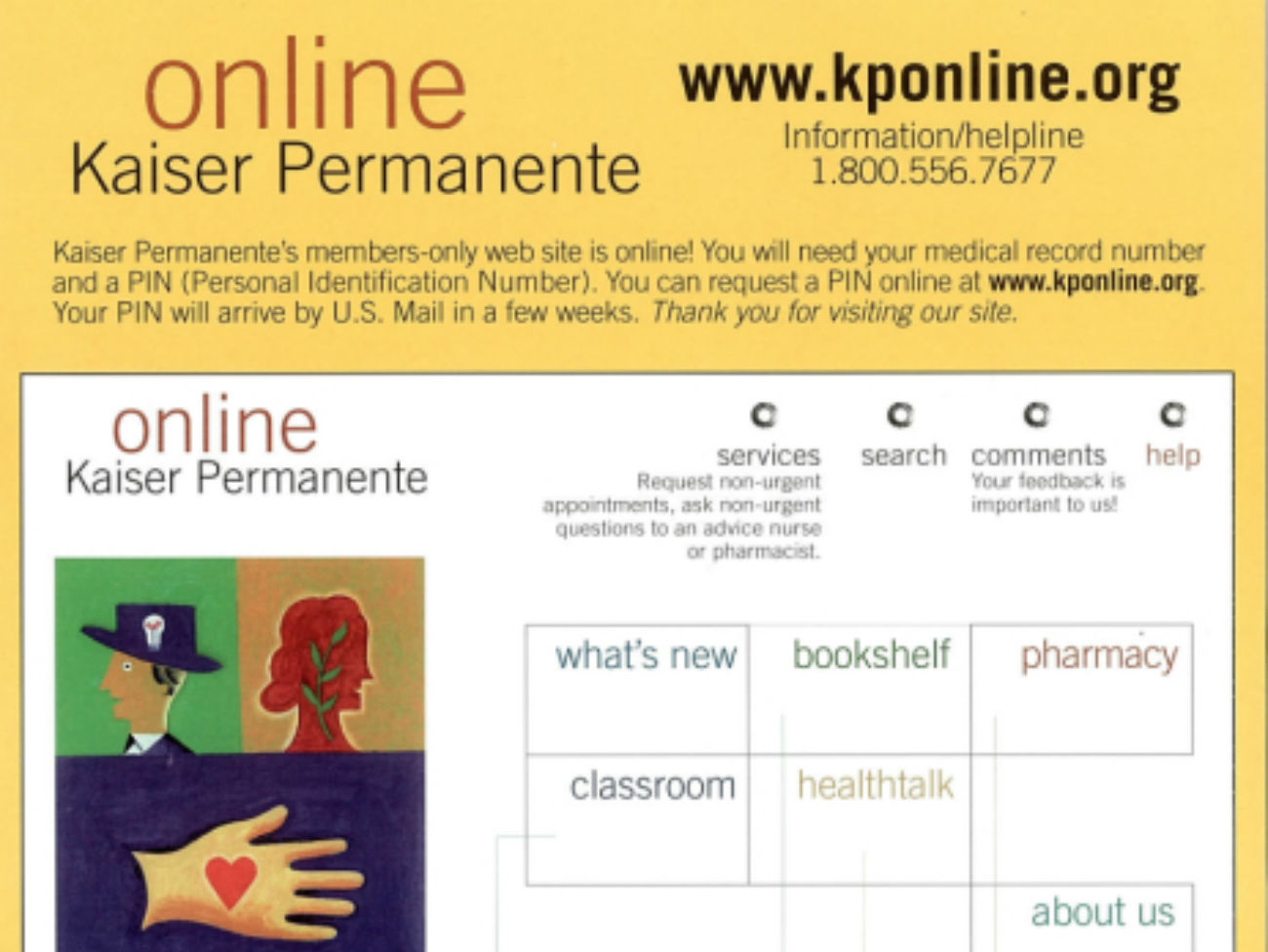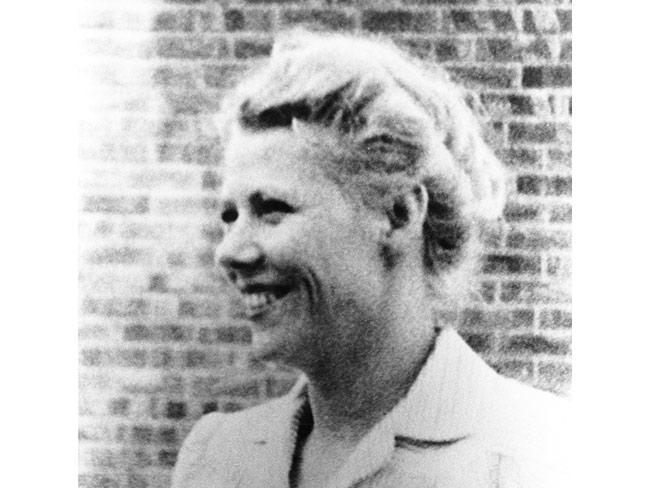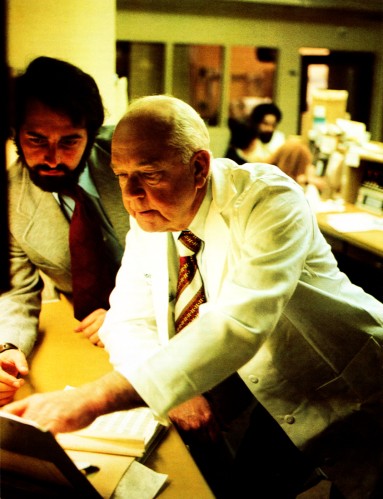The future of health care is digital
Nari Gopala, Kaiser Permanente’s chief digital officer, answers 3 questions about how we’re giving members better, easier ways to get and manage their care.
On behalf of Kaiser Permanente, Gopala accepts the CIO 100 Award, which celebrates organizations for using information technology in innovative ways.
Digital technology impacts everything from how we order coffee or groceries to how we catch a ride across town. Many of us reach for our smartphones and use apps to navigate the world around us. This “digital transformation” has improved parts of everyday life.
At Kaiser Permanente, we are building new digital tools, such as mobile apps and websites, that make it easier for our members to manage their health and receive the care they need.
Our chief digital officer, Narayanan “Nari” Gopala, answers 3 questions about how digital technologies are transforming health care. He also shares what excites him about leading this work at Kaiser Permanente.
How have digital technologies changed the way we access health care?
Kaiser Permanente has a rich history of innovation, and we have offered virtual care options like telehealth for a long time. Before the COVID-19 pandemic, not everyone was comfortable using virtual care and many people were used to seeing doctors only in person. Then, local COVID-19 lockdowns went into effect, which kept people at home, and we needed to rapidly expand Kaiser Permanente’s virtual care options with new services such as 24/7 virtual care.
Many patients find that they now prefer the convenience of virtual care over in-person visits, especially for minor ailments, such as ear infections. If you don’t have to commute to a medical office to get the care you need, why would you? Telehealth saves you time and money from child care or other expenses.
In fact, more than 1 out of every 3 members who use our virtual care service use it after-hours for most clinics. And more than 92% of our members who have registered for kp.org have digitally accessed their medical records and lab results, scheduled appointments online, or virtually contacted their care team in the past year.
What’s next for Kaiser Permanente?
Some people prefer a mix of in-person and virtual care options. And some health screenings have to be done in a medical office. So, we continue to use digital tools that improve all aspects of our members’ experiences — before, during, and after their care visits.
We’re improving our digital check-in process. Members can now complete pre-appointment forms and pay their copays in the Kaiser Permanente app before they arrive at the medical facility. It’s like how people check in for a flight before they get to the airport.
We also recently introduced geolocation to offer better in-person care experiences at our medical centers. Geolocation is smartphone technology that detects a phone’s location.
So, for example, during flu season, when a member arrives for a doctor's appointment, geolocation via the app can remind them to also get their flu shot. Geolocation can also enable wayfinding in the app. With wayfinding, we can direct members to the floor where the flu shot clinic sits so they don’t have to stop at the front desk again.
If the app can help our members complete more health tasks in one trip to the doctor’s office, we see that as an added convenience.
Digital tools can also help members manage their health and well-being after their visit. For example, members can use our app to schedule a follow-up video appointment. Our member website also provides them with a personalized homepage of preventive care reminders, tips, and resources related to their conditions. They can even order prescription refills through the app to be delivered to their door.
Which digital tools do you see helping patients manage their health?
I’m very excited about the work we’re doing to help people who have ongoing health conditions.
Recently, we started offering members digital reminders for their prescriptions through the Kaiser Permanente app. Members can receive a push notification on their smartphone that reminds them when to take their medications, such as after dinner or when they wake up in the morning.
For members who have to take multiple medications to manage more than one health condition, this can remove some of the complexity. Consistently taking your medication on time can make all the difference to your health.
Because most of our digital tools are securely connected, it’s safe and easy for our members to access and input their health data, just like their care teams do. For example, members can use a Bluetooth-enabled device connected to an app to upload blood sugar (glucose) levels to their electronic health records.
These kinds of remote patient monitoring programs help patients manage their type 2 diabetes or high blood pressure from the comfort of their homes.
The future of health care means getting care when you need it, wherever you are.

